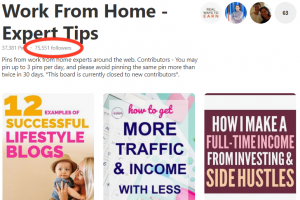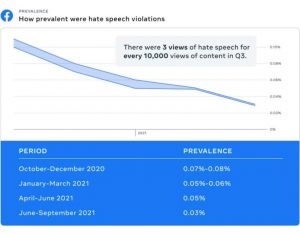— September 8, 2017

geralt / Pixabay
As a retailer, you likely know it can be difficult to rise above the clutter in people’s inboxes. From ultra-specialized boutiques to massive retail chains, it seems every business tries to attract buyers’ attention nearly daily. But that doesn’t mean you have to get lost in the pack. With some careful list segmentation, you can improve your emails’ performance. Segmentation makes your emails more relevant to your readers and their needs, elevating the likelihood those readers will open a campaign and click where you want them to. Segmentation beats the one-size-fits-all approach nearly every time.
Here are a few tips for retailers looking to make segmentation work for them.
1. Segment by in-store versus online customers
Do you have one group of customers that, without fail, shows up in person to purchase your goods or services? Maybe you have another group of customers that exclusively makes purchases online, or simply calls up your business when they need something. Separating these two sets of customers into different segments helps you send email campaigns that resonate more closely with their needs and desires. Offer in-store demos, event invitations or in-store coupons to the in-store group, for instance. Then send information on new products that can be shipped, or offer online-only (or phone-only) coupons, to the customers who prefer to do all their shopping from home.
2. Segment by purchase history
If you carry popular products that many customers have bought, segment those buyers into their own list. Send them tips for getting the most use out of their purchases, answers to frequently asked questions about the products, or information on add-on products and services that may complement the initial purchase.
3. Segment by shopping cart status
If you offer online shopping, you no doubt have encountered abandoned shopping carts on your website – that is, customers who place items in their cart and then leave your website without completing the purchase. Segmentation can help you salvage these potentially lost sales by allowing you to send a targeted email to shoppers who have abandoned their carts. With this kind of segmentation, you can remind those consumers they didn’t complete the transaction, offer additional information that may spur them to click the “purchase” button or even give a small discount as an enticement.
4. Segment by geography
If you have more than one location for your business, surely you’ve noticed that customers who shop one outpost are not identical to customers who shop your other store(s). You may need to carry slightly different inventory, offer different in-store events or alter your marketing tactics. Your store located near a school, for instance, may have a very different clientele from your store located near a retirement community. If you’re primarily an online business, your customers may be even more far-flung. Different communities, different states, even different countries may have varying interests and buying habits. Segment your contact lists by location to more readily send emails relevant to each group of readers.
5. Segment by demographic data
Geography isn’t the only demographic information that helps segment your contact lists. If you know the gender, birthdays/anniversaries, ages and other information about your contacts, you’re well on your way to bucketing those readers in a number of ways. Men and women have different buying patterns and are interested in different products or services. The same goes for age groups: Customers in their twenties have different interests and buying habits than customers in their fifties. Don’t underestimate the power of knowing a milestone date like a birthday or anniversary, either. Send birthday coupons to everyone celebrating a birthday in a given month, for example, or remind one spouse to buy a gift for the other before an upcoming anniversary.
These are just a few of the segmentation tactics retailers can take advantage of to make the most of their email marketing. Start segmenting today and watch your emails make a bigger impact.
Digital & Social Articles on Business 2 Community
(68)
Report Post








